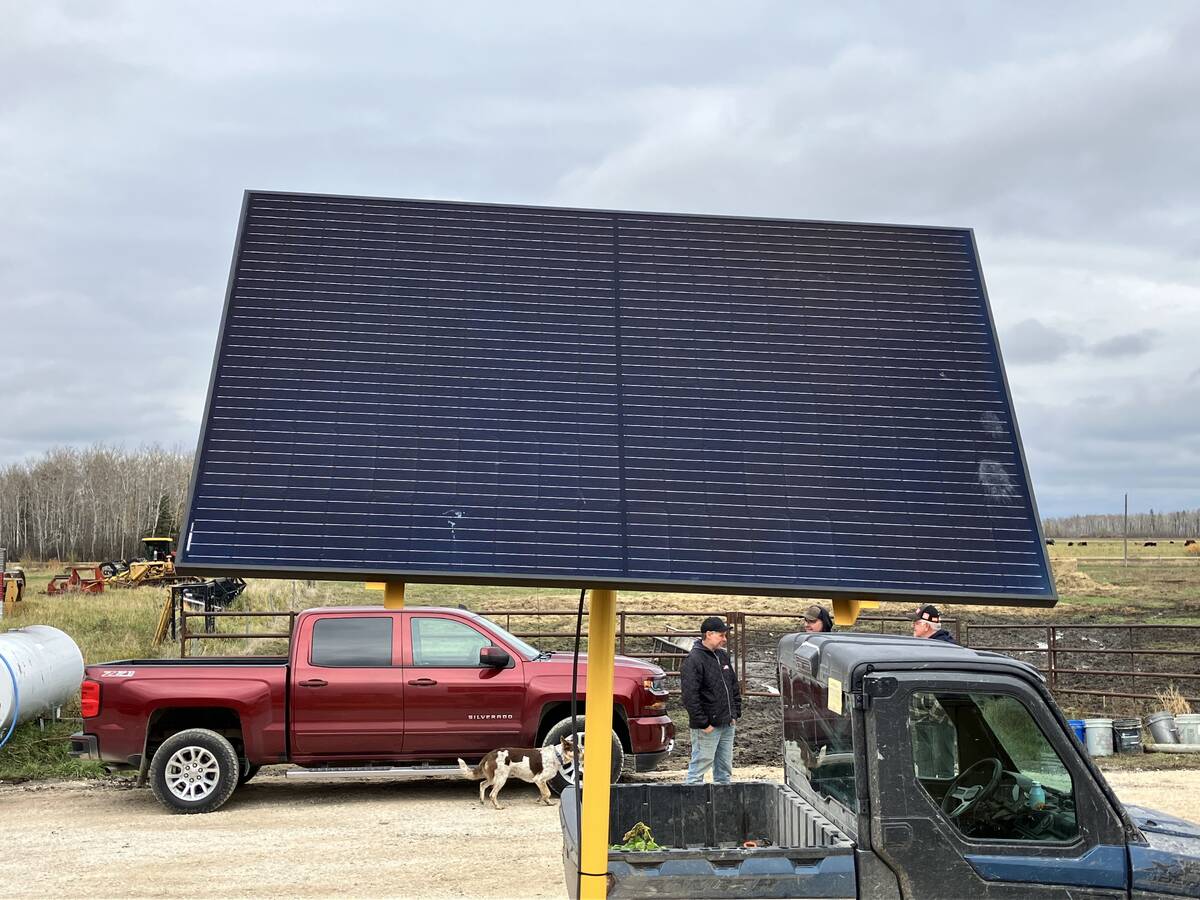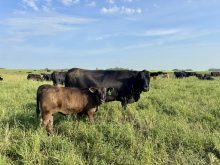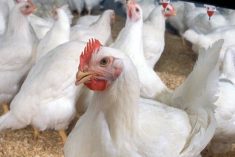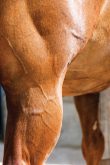Modern horse owners have embraced processed feeds as a convenient way to deliver supposed high-energy complete nutrition to horses. However, as the percentage of processed feeds increases in a horse’s diet, so does the incidence of gastrointestinal problems such as colic, gastric ulcers, choke, and diarrhea.
Skin diseases, immune system compromise, cribbing, and wood and/or tail chewing also become more common. Hormonal dysfunctions and inflammatory diseases often result as the body responds to the introduction of altered, and thus unfamiliar starches, proteins and fats.
Read Also

VIDEO: Watering system a cattle health win
Portable livestock watering system helps Manitoba beef producer combat foot rot cases on pasture.
There are a variety of processed feed types including sweet feeds, extruded feeds and pellets/cubes. Sweet feeds are loose mixtures of grain containing molasses. In both pelleting and extruding, feeds are mechanically processed and cooked with or without injected steam. Temperatures from 60 to 110 C are used for pelleted feeds, and even higher temperatures for extruded feeds. Extruded feeds have textures like breakfast cereal and dog food.
Pelleted and extruded feeds are produced by forcing a ground, mechanically compacted feed through die openings. Pelleting is a low-pressure, no-expansion process and extrusion is a high-pressure expansion process. The heating and mechanical processes of raw feeds alter their physical appearance from the original food source. At high processing temperatures and conditioning times, a high percentage of vitamin activity is lost. In theory, vitamins are added back to the feeds to offset this loss.
ALTERED STRUCTURE
Due to heating and mechanical processing, starches, sugars, and proteins are altered in structure. This often results in faster growth rates of young horses. Fast growth rates are very different from optimal growth rate. Glucose spikes found in the blood of young horses following a meal of processed feeds have been linked to inhibition of cartilage development. Bone structure is based on the calcification of cartilaginous scaffolding. A faulty framework of cartilage sets the stage for the numerous identities of developmental bone diseases such as osteochondrosis dessicans (OCD), angular limb deformities and epiphysitis.
Nutrients and vitamins within whole grains are naturally protected by the hard shell which encases the vibrant germ. When processed, the hard shell of the grains is broken, exposing the germ to oxidation and thus causing its nutrient value to decline.
Raw foods that a horse can find on pasture will contain enzymes that permit effective “self digestion” of those foods. These essential enzymes within the feed are altered by heat and mechanical change. So, when processed, the overall nourishing value of the feeds is changed by alteration of starches, sugars, and fat forms that are presented to the horse’s body. They also interfere with normal digestion by spoiling enzymes necessary to digest and assimilate nutrients from the feed.
The body of the horse must respond to the physical and nutritional changes found in processed feeds. The horse can make use of these feeds as replacement or alternative feeds. However, these feeds cannot provide the level of health and well-being that natural feeds sought out by the intrinsic nature of the horse can.
———
Fastgrowthratesare verydifferentfrom optimalgrowthrate.















